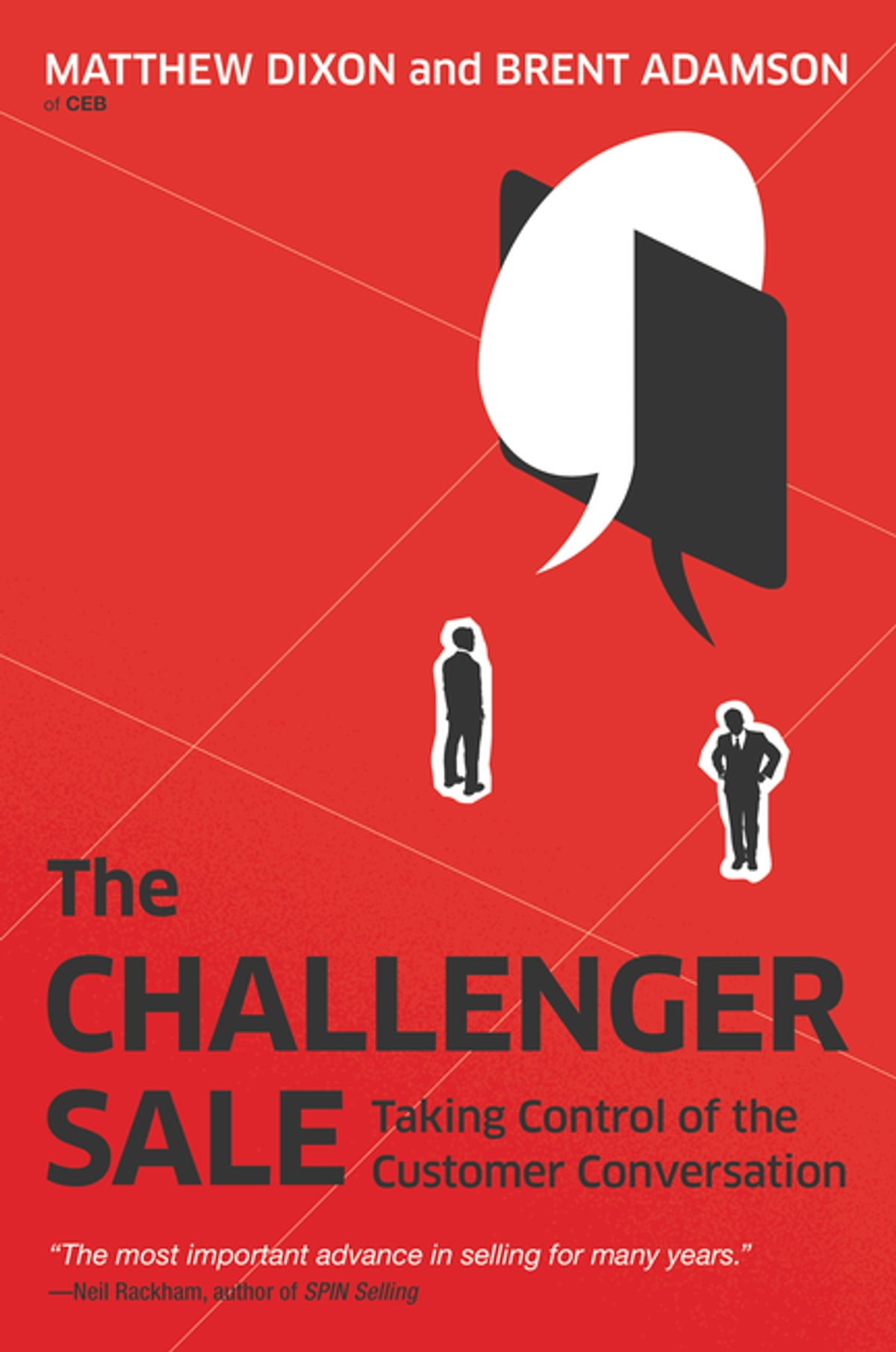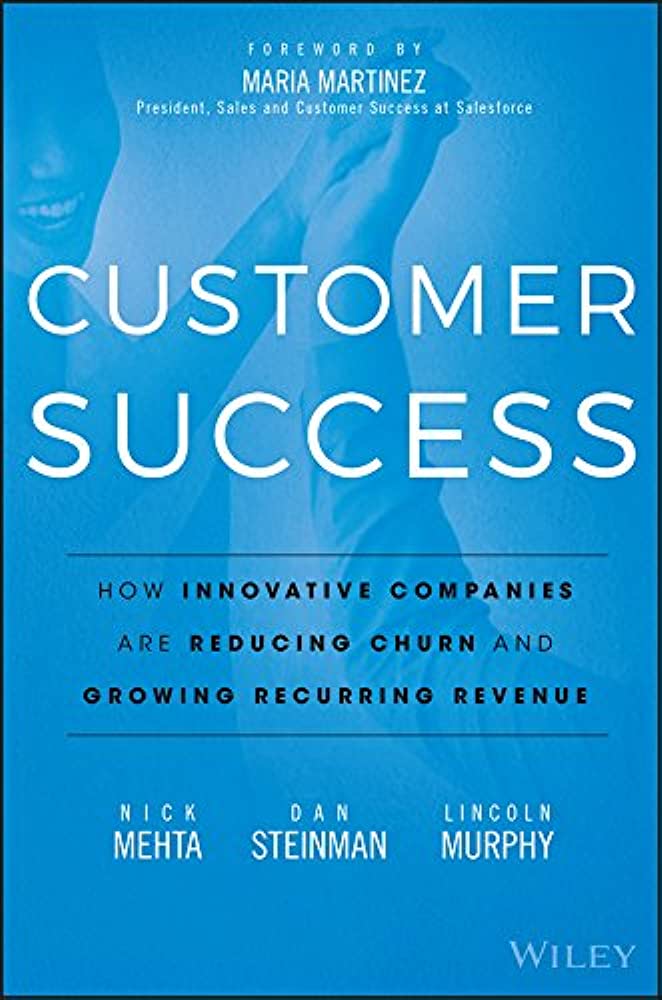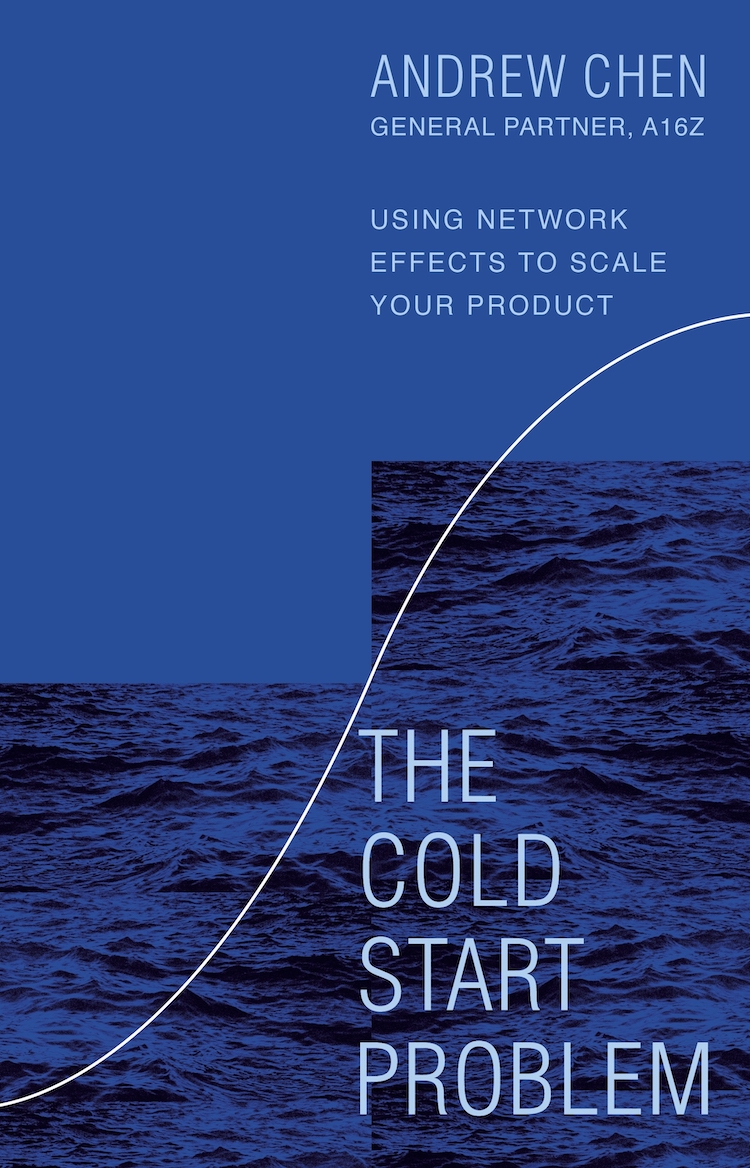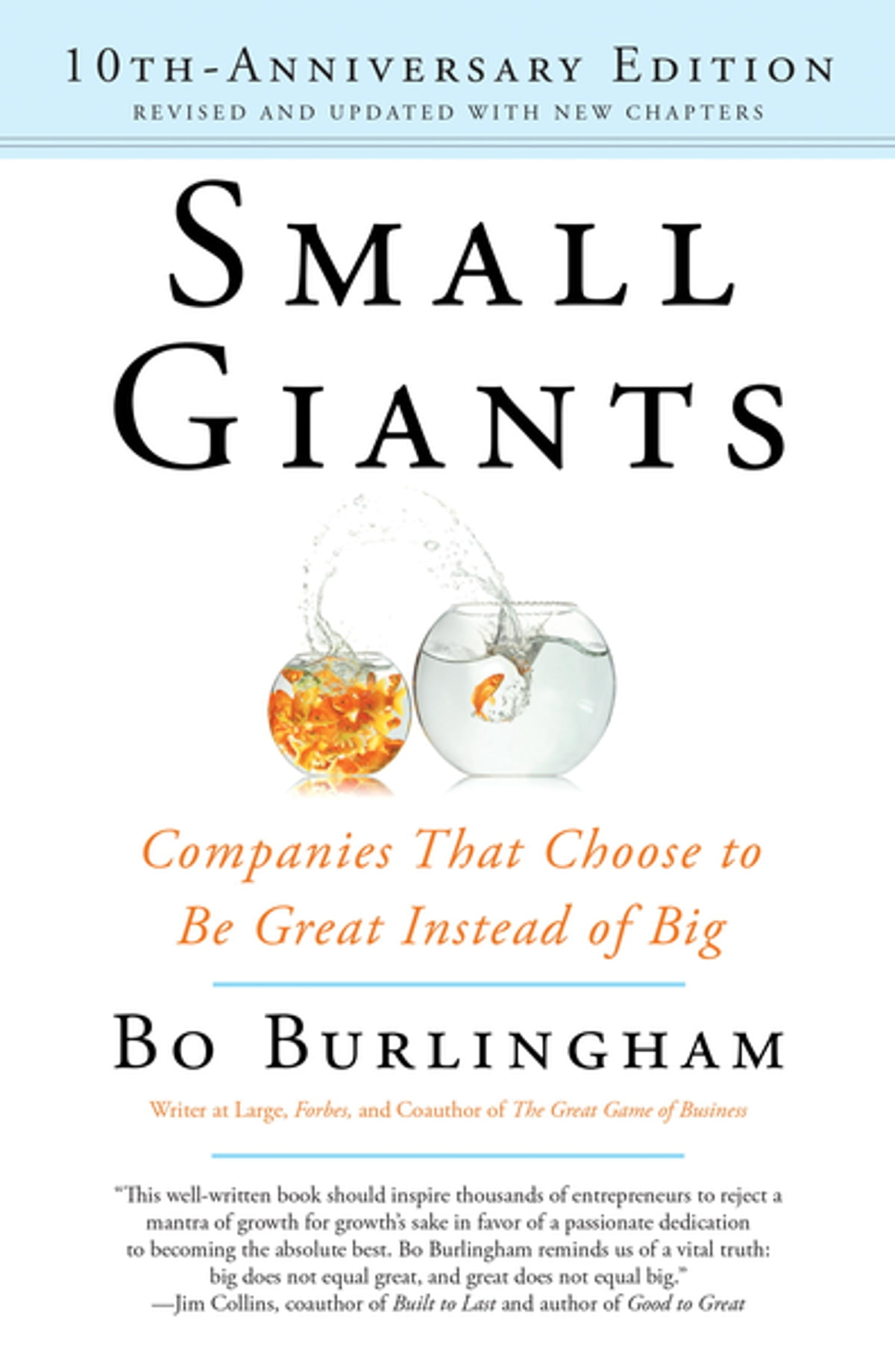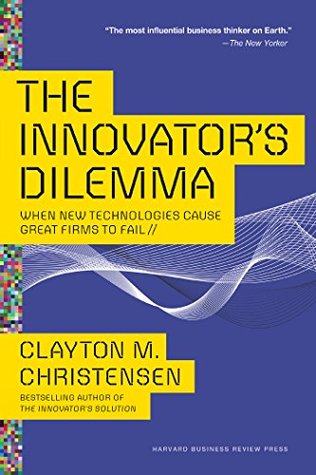The E Myth Revisited
by Michael Gerber
- Business
- Ashto =
- Jonesy =
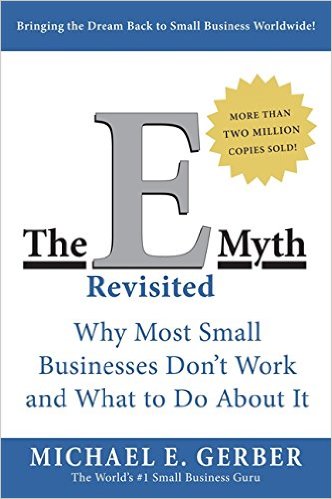
“The E-Myth Revisited: Why Most Small Business Don’t Work and What To Do About It” – by Michael E. Gerber
Referred to as ‘The World’s #1 Small Business Guru’, Michael Gerber takes us through the ‘Entrepreneurial Myth’, or ‘E Myth’. He says it’s a myth that most people who start a small business are entrepreneurs, and in fact, they are just really good employees that get fed up and decide to go out on their own. He calls this moment the ‘entrepreneurial seizure’. It’s a fatal assumption that an individual that understands the technical work of a business can successfully run a business that does that technical work.
Michael shows us that all business owners are built up of three different personalities: the Technician, the Manager and the Entrepreneur. It’s important to understand these three roles and how to balance them effectively to run a successful small business. Michael also runs us through his 7-step Business Development Process and shows us how to properly set up and grow a business.
The E Myth Revisited (dot point) Summary
“The basic difference between an ordinary man and a warrior is that a warrior takes everything as a challenge while an ordinary man takes everything either as a blessing or a curse”
Why businesses don’t work – they are doing the wrong work
80% of small businesses will fail within 5 years. What lessons aren’t they learning?
“This book is about an idea that your business is nothing more than a distinct reflection of who you are. If your business is to change and continually thrive, then you must change first. If you are unwilling to change, your business will never be capable of giving you what you want”
- The Entrepreneurial Myth
The entrepreneur only existed for a moment, when they made the decision to go out on their own. This misunderstanding has cost lost opportunities and wasted lives.
- Entrepreneur, the Manager and the Technician
We are deluded into thinking we are one person when we get pulled in multiple directions, i.e losing weight before the fat guy comes back When you’re the skinny guy, you are making promises for the Fat Guy to Keep/
The Entrepreneur
The entrepreneur lives in the future and is always looking for a change. The entrepreneur creates a great deal of havoc. Needs to be nourished and given the space.
The Manager
The manager is pragmatic, responsible for order, planning and predictability.
Entrepreneur lives in the future, the manager lives in the past. Entrepreneur thrives to change, the manager sticks to the status quo.
The Technician
The technician lives in the present. He loves the feel of things and the fact that things get done. He loves to do the work.
Balance
An entrepreneur would be free to forge ahead into new areas of interest, the manager would solidify the base of operations and the technician would be doing the technical work.
Technician ran business
Without the entrepreneur to lead and manager to supervise, the technician would work until she drops, only to wake up to work harder.
- Infancy: The technicians phase
Most businesses are operating according to what the owner wants as opposed to what the business needs.
When technicians are running the show, the business becomes your boss
If your business depends on you, you don’t have a business, you have a job.
- Adolescence: Getting Help
- Beyond the Comfort Zone
Business reaches a point outside of comfort zone of individual.
A business that decides to get small again, is a business reduced to the level of its owner’s personal resistance to change.
- Maturity and the entrepreneurial perspective
Mature companies didn’t start out that way. The people who started them had a different perspective about what a business is and why it works. Have a clear picture. Spend time on business development
The entrepreneurial perspective starts with a picture of a well-defined future and then comes back to the present with the intention of changing to match the vision. The technician begins with the present and then looks forward to the uncertain future with the hope of keeping it like the present.
The entrepreneurial model does not start with a picture of the business to be created, but of the customer for whom the business is to be created. It understands without a clear picture of the customer, no business can succeed.
All the entrepreneur has to do is find out what those wants are and what they will be in the future.
Part ii The Turn Key Revolution
- Turn key revolution
Franchise model – built on the belief that the true product is not what the business sells but how it sells it
A systems dependant business, not a people dependant business
Have as little operating discretion as possible.
- The Franchise Prototype
Business format franchises report a success rate of 95 in contrast to 50% failure rate of new businesses
- Working on your business not in it
The primary purpose of your business is to serve your life, you work on your business rather than in it
- Consistent value to customers
- Operated by people with lowest amount of skill
- Impeccable order
Part iii Building a Small Business that Works
- Business development process
Quantify everything. Have your unique way of doing business.
Life is what business is about. Come to grips with a complex world that can teach us if we’re open to learn.
- Business development program
- Your Primary Aim
What life do you want? Think about your funeral, begin with the end in mind. Take your life seriously, create it intentionally. Go to work on your life, not in your life.
Keep the curtain up at all costs. To be awake and available to really what’s going on, to give up false beliefs
Until you dare to pull the mask off the worlds face until you move beyond your Comfort Zone, you will never know what it is you were missing out there.
- Your Strategic Objective
Turn the business into the thing that will give you your primary aim.
What’s your product?
- Your Organizational Strategy
Define each role to be replicated
- Your Management Strategy
You do not want people with highly valuable skills, you cannot afford them. Have a highly valuable system. Have an operations manual.
- Your People Strategy
How do I get people to do what I want? Take it seriously. Give everyone’s role a purpose. Make everything a game worth playing.
- Your Marketing Strategy
Forget everything but your customer. Your customers subconscious mind runs the show. Sale is lost or made straight away.
- Your Systems Strategy
Hard, soft and information systems.
- A Letter to Sarah
Your spirit isn’t behind you, it’s ahead of you. Keep the curtain up. It knows how much you want to be comfortable, it knows what price you are willing to pay to have the comfort of being in control. The ultimate price, your life. Comfort makes cowards of us all.




